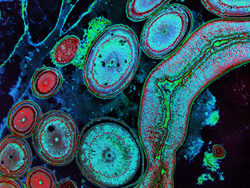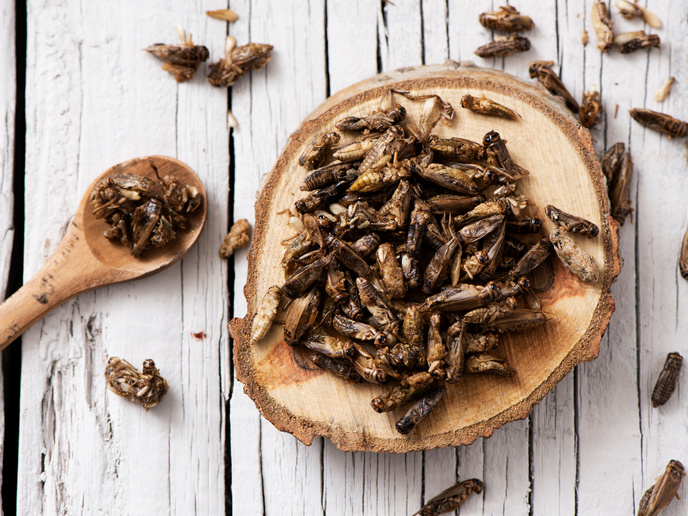The next silver bullet for infectious diseases
The majority of compounds used to treat infectious diseases are products derived or inspired by natural substances. Furthermore, most come from a single group of common soil bacteria called actinomycetes that produce unique bioactive compounds. Over reliance on one pool of compounds makes it difficult to develop drugs with alternative modes of action to overcome the development of drug resistance. Partners from the EU, Thailand and Vietnam joined forces to explore two novel bacteria known to produce bioactive compounds that are not yet well characterised. Their aim is to identify novel compounds having different modes of action. EU has funded the project 'Genomic approaches to metabolite exploitation from Xenorhabdus, Photorhabdus' (GAMEXP). GAMEXP scientists’ isolated more than 200 bacterial strains from the intestines of common roundworms (nematodes) collected from 1 448 soil samples in Thailand and Vietnam. A significant accomplishment in its own right, this is likely the largest collection of Xenorhabdus and Photorhabdus species in existence. From these bacteria and several other strains from separate collections, scientists identified more than 500 novel compounds with bioactivity potential. Close to 200 of these were then isolated or synthesised and tested for antibiotic (literally 'against life') activity in various target organisms, including protozoa, bacteria, fungi and insects. Several bioactive compounds were identified some of which are applicable to neglected tropical diseases. A patent has been filed regarding the most abundant and novel compound class. Researchers selected the 15 most promising and productive bacterial strains for genome sequencing. Genome libraries were constructed for the generation of recombinant clones and production of bioactive compounds. The discovery of antibiotics was heralded as the end to infectious diseases, yet the latter are making a comeback. Aside from re-emerging and novel diseases, bacterial resistance has become a major public health issue. The rate of often life-threatening nosocomial infections with multidrug resistance (MDR) is on the rise. Commercialisation of bioactive compounds or the tools and knowledge garnered in GAMEXP project could significantly contribute in the battle against drug-resistant infectious diseases and more.







